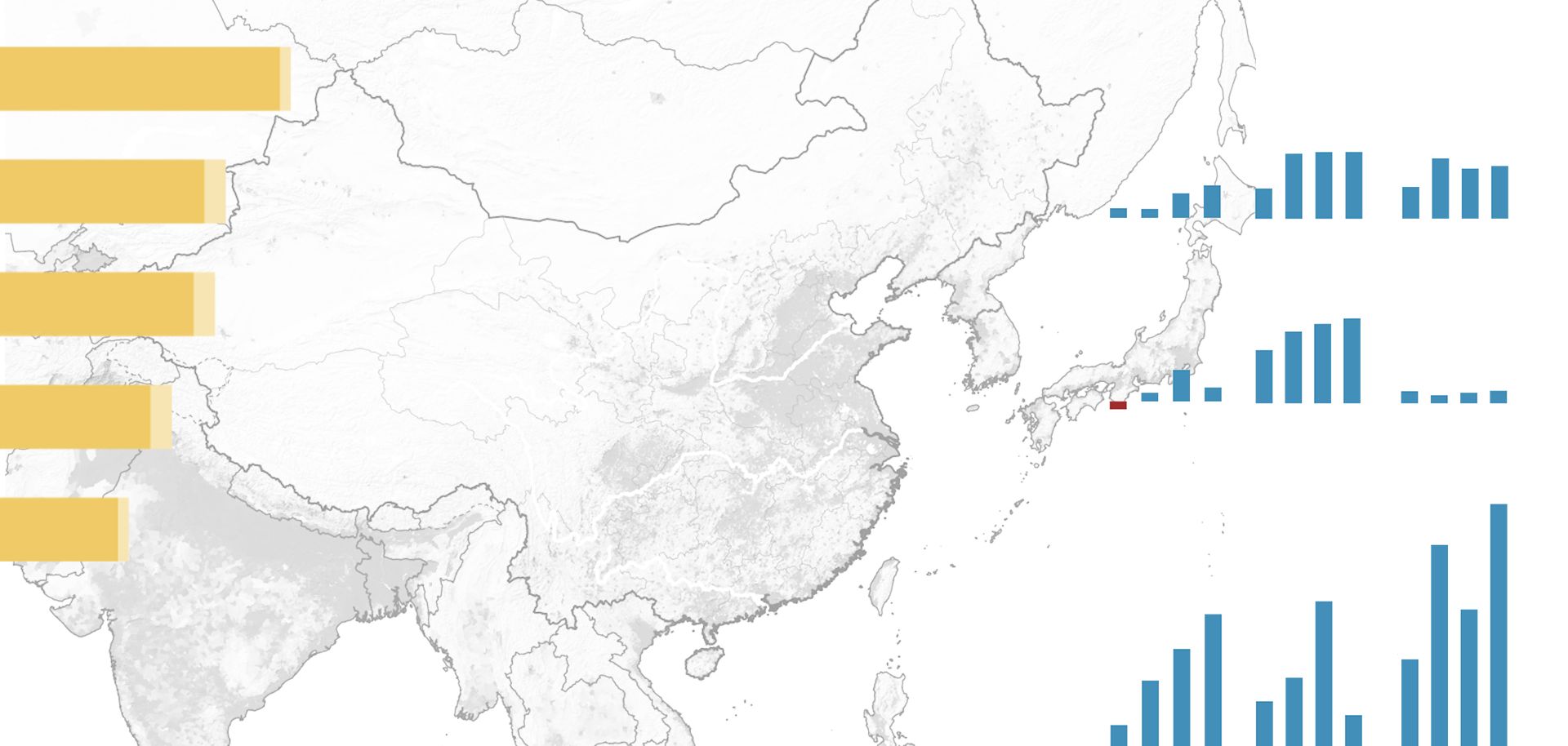
In the past few weeks, Yemeni government forces backed by GCC-led airstrikes made advances in the Nehim and Sirwah districts, northeast of the capital of Sanaa. Clashes broke out after Houthi rebel fighters encroached on government-held territory in Saada. The coalition also launched airstrikes in a number of other north-central Yemeni districts, including Shabwa and al-Jawf. The modest advances prompted Yemeni President Abd Rabboh Mansour Hadi to say last week that the Yemeni army was in control of 80 percent of the country. The claim is somewhat exaggerated, but though Sanaa remains under Houthi control, the coalition has indeed gained valuable coastal and inland territory. Still, the victories have not come easily: Government forces have struggled through heavily mined territory in central and northern Yemeni districts, slowing their advances.
The GCC coalition's Operation Golden Spear has pushed forward along Yemen's western coast, moving up from the Bab el-Mandeb strait to Dhubab and on through Mokha. Coalition forces are currently working to establish control over population centers while making sure their flanks are protected. And in reclaiming most of the Taiz coastline, they have nearly achieved their goal. Government forces are now just 80-90 miles (129-145 kilometers) south of the port city of al-Hudaydah, a major transit point for goods, including food and medicine, to the rest of northern Yemen. Though the coalition holds the ports of Mukalla, Mokha and Aden, al-Hudaydah port is still a piece of critical infrastructure that strengthens the Houthis' position.
Whether coalition forces move to actually take al-Hudaydah soon depends on whether the United States will pursue a more aggressive policy in Yemen alongside the GCC. The United States has cooperated with the GCC's Saudi-led air campaign in Yemen since it began in 2015, helping with targeting, fueling and advising. But Washington has been careful to avoid direct participation in the civil war. The closest it has come to intervention was last fall, when it bombed Houthi radar sites in direct retaliation for attacks on U.S. naval ships in the Bab el-Mandeb strait. But that could soon change.
U.S. Defense Secretary Jim Mattis has reportedly asked the White House to lift the limits on military support for the coalition put in place under former U.S. President Barack Obama. Specifically, his request relates to shared intelligence, logistics and planning. If the United States becomes more involved in the coalition fight against the Houthis, it would have political significance that stretches well beyond the conflict's eventual end, when the United States would be expected to help manage post-conflict negotiations. Some Gulf countries are already praising the possibility of greater U.S. involvement. Fears of Iran meddling in a strategic theater such as the Bab el-Mandeb strait are still alive and well, after all, and they could push the United States to break Yemen's stalemate.



